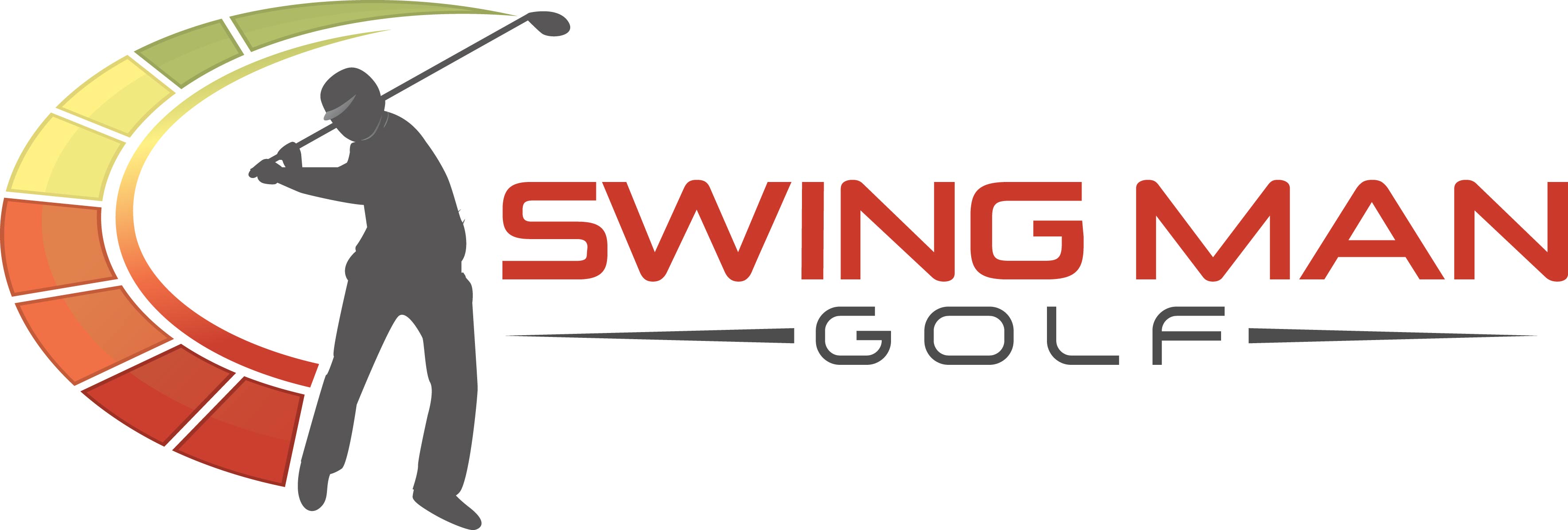By Paul Myers
Having all the right parts in your golf swing may not be enough – it can help to complete them in a good order as well. Sequencing can be a powerful element within a golf swing, and some of the players you watch on TV have learned this well. Even when you see professional golfers who have different technical elements within their swings, you will notice that the general sequence in which they do things is similar from player to player. Getting the sequencing in a good place can help maximize your potential as a golfer.
Putting together a nicely sequenced golf swing isn’t easy, but it can be difficult if you don’t understand a fine order of operations. The following steps will hopefully walk you through getting the club and body to work together, all leading up to a powerful impact with the ball.
Step #1 – Club First
The take-a-way doesn’t really matter all that much, but in general some say the golf club should be the first thing to move back away from the ball. Of course, in order to move the club, your body is going to have to move as well – but make it a subtle, quiet move. Ideally, they say to move the club back with a turn of your shoulders with a one-piece take-a-way, where your hands and arms won’t get involved until the club is well into the back swing motion.
Step #2 – Full Turn
Making a full turn in your backswing is an important part of maxing out golf swing speed. One goal during your backswing can be to create the greatest possible comfortable difference between the turn of your shoulders and the position of your hips – in other words, you would see your hips move very little, while getting a full turn back from your upper body. When that is accomplished, you can be in a good position to uncoil aggressively and ramp up your speed into the ball.
If you are unable to create the type of turn you would like in your golf swing, it’s okay to allow the hips to open more and rear leg straighten to get the upper body further back, but you can also work on your fitness and flexibility – by improving the physical capabilities that your body possesses, you can improve your swing.
Step #3 – Legs Start the Downswing
This is where some amateur golfers go wrong. Various average golfers will start the downswing with their hands and arms – this one small mistake can ruin the timing of the golf swing and can create all sorts of problems. Not only does this waste potential swing speed, it also can put the club off-plane and lead to a variety of poor ball flights. As soon as the club reaches the top of the back swing, it is the job of the legs and hips to start driving the golf swing. The torso, arms, and club then follow.
Step #4 – The Release through Impact
The club can be the last thing to come through the hitting zone. When you have properly sequenced your golf swing, you might feel your lower body rotating through the swing first, followed by your upper body, and lastly the club. This type of sequence creates a ‘whip-like’ effect that gives the club head the time and distance to accumulate speed. All that is left to do at this point is trust your technique and let the club rip through the hitting zone. If you have done it all correctly, a long and straight shot will hopefully be the result.
If you liked the article about why sequencing is a huge key to power in the golf swing and you think it would help another golfer, please like it.
To learn more about Swing Man Golf products and hit it longer with swing speed training, click here.
And, if you would like to add 30 to 40 yards to your drives over the next 30 days, like thousands of our customers have before you, you might consider our unique Swing Man Golf Swing Speed Training.
Use the tool below to find out a.) how fast your swing speed should be and b.) how fast you COULD swing it soon:
